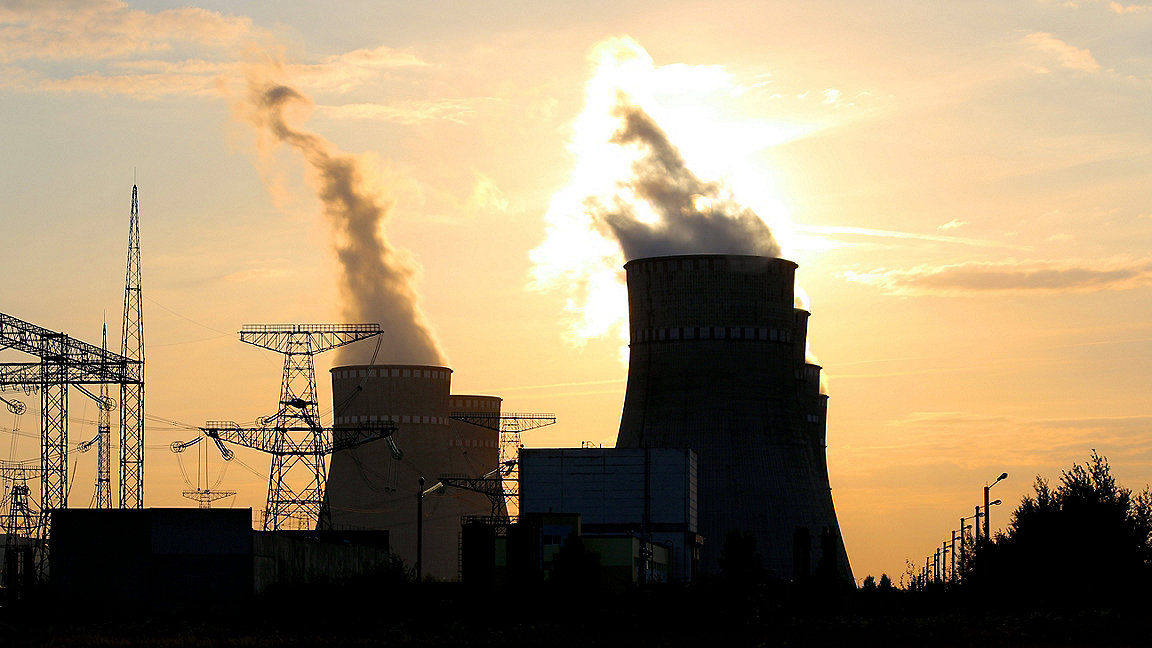
The value case for sustainability has altered dramatically in the past few years. The Intergovernmental Panel on Climate Change's latest report and the recent COP26 in Glasgow in particular have intensified conversations on the future of our planet. However, decarbonisation of the built environment has been left out of too many of these vital discussions.
This is despite the fact that, in the UK, the sector is responsible for around a quarter of carbon emissions. The longer this is the case, the bigger the task of fixing it becomes. How can we tackle this enormous challenge?
Government encourages household energy transition
In October, the UK government published the long-awaited Heat and Buildings Strategy policy paper, recognising that the built environment will play a significant role in the race to net zero.
Under the strategy, the government will help consumers make the switch to low-carbon heating. It focuses on the need to install heat pumps, which will be integral to the UK's green transition.
Clean energy NGO the Regulatory Assistance Project has criticised the strategy, saying that only 30,000 owner–occupier households stand to benefit directly from the planned heat pump grant scheme.
Yet ministers have suggested that, when combined with support for social housing and households in fuel poverty, many more pumps will be installed as a result of the strategy. Together, these initiatives aim to give the heat pump market the boost it needs to bring down costs.
However, privately owned homes are the least energy-efficient part of the UK's housing stock, so it was disappointing not to see the strategy propose some kind of replacement for the discontinued Green Homes Grant.
A similar scheme could have gone a long way towards retrofitting our nation's oldest and least efficient homes. Organisations including the Construction Leadership Council have been calling for a national retrofit plan that would focus on fabric upgrades. But there was no reference to anything like this in the strategy.
The success of the government's strategy will depend on its implementation. More detail is also needed on how it will help industry train and retrain the hundreds of thousands of workers needed to retrofit our ageing housing stock. That would tick several policy boxes: creating jobs can play a key role in the government's commitment to levelling up, as well as futureproofing UK housing.
What is industry doing?
While regulatory intervention and government funding will be vital to tackle climate change, efforts from industry will be equally important. To make progress in the built environment, a major shift is required.
Some parts of the industry have been placing a greater emphasis on greener and more sustainable methods of working in recent years. This has been extremely encouraging.
Mortgage lenders, for example, have focused on financing more efficient development and property with lower running costs. In real estate meanwhile, certification such as BREEAM has been helping businesses consider the social and environmental impact of their assets and investments. This enables them to make an active contribution to the UK's net-zero transition.
BRE is also pleased to be collaborating with RICS and other organisations on a new database for carbon emissions associated with construction products. This should become a practical instrument to help professionals make more informed decisions when decarbonising projects. As chartered surveyors are well aware, if we cannot measure the carbon we use we cannot identify where to reduce it.
Ultimately, responsible leaders in the built environment will make a substantial difference in addressing climate change impacts at pace and at scale. As an industry, we have a responsibility to collaborate in addressing today's biggest challenge.

